If you have been following me for any length of time, you have probably come to realize that I share a great deal of personal information about my life. It is called self-disclosure and it is rather controversial in a lot of arenas. Self-disclosure by definition is just that… it is a “process of communication by which one person reveals information about themselves to another” (Wikipedia)… disclosing details about one’s self. There are professional rules and guidelines that speak to self-disclosure in the psychology field, there are social parameters that tend to govern interpersonal interactions, and then there’s people like me.
Personal Perspective
Freud preferred to think of the therapist’s role as a reflective one and therefore it was necessary for the therapist to enter the room as a ‘blank slate’ – able to show the client only a reflection of him or her self. Carl Rogers on the other hand, iterated that the ‘connection’ between the therapist and the client was a significant agent in emotional healing. It is a relationship of sorts, established on common ground with empathy and compassion. Finding common ground may require some amount of self-disclosure. A therapist’s ability to ‘connect’ with a client by demonstrating experiential understanding can open emotional doors in a profound way. Clients are often more quickly at ease when they realize they ‘aren’t the only ones’ to have had an experience or a feeling.
When a therapist uses self-disclosure to connect with a client and demonstrate commonalities, it can be a tremendously helpful experience. I have had clients share that they felt safe with me because I shared my own vulnerabilities with them. They appreciated the validation. I am known to use personal experiences as a demonstration of maladaptive responses or behavior in a way to show that change and growth are possible. I have been told it is encouraging and inspirational. Sometimes, being able to hear someone else’s experience gives credibility to your own and instills hope.
Self-disclosure in therapy can also be problematic if the therapist hijacks the session with their own issues and need for validation. If the focus is not quickly reflected back to the client, it can trigger abandonment and devaluation. Hence, the controversy over usage.
“To share your weakness is to make yourself vulnerable; to make yourself vulnerable is to show your strength.” ―
Social Disclosure
Social self-disclosure comes in two forms, private and public. It is innately necessary for any type of interpersonal relationship and there is a distinct correlation between the amount of vulnerability expressed and the emotional intimacy that is available in the relationship. Sharing means caring… as the saying goes. If I share, you can safely assume that I trust. When you feel trust, you are apt to expose and the mutuality of the relationship can begin.
Without disclosure, relationships are superficial at best. I am not suggesting that we share indiscriminately of course. And yet, I have noticed both from a professional perspective and from a personal experience position that when we engage from our most authentic-self space – our relationships are happier and healthier. Ultimately, the more vulnerable you are, the more ‘real’ the relationship can be. If we keep a part of ourselves hidden, there is (at the very least) an unconscious fear of having that hidden part – exposed. As such, we will engage (often unconscious) defensive mechanisms to protect that part.
And then there’s ME.
I grew up with a loving family who accepted me and had a couple of close friends. But also, in a social environment that often rejected me and was occasionally downright unloving. I often felt excluded. I experienced the world as a place where I would never meet the physical standard of beauty, where beauty meant being loved, and where being loved equaled success. By the age of sixteen, that ideology was unknowingly but firmly implanted in my immature brain. And as it goes for all of us, those unconscious ideas gave birth to thoughts that governed my feelings that directed my behavior.
A long and often painful road led me to the day that I – on a walk listening to Brené Brown’s, The Power of Vulnerability – knew that emotional freedom for me, meant self-disclosure. In order to be seen… I needed to open the vault. That ‘ah-ha’ moment led to the beginning of this blog, my story, the next leg of my journey.
And here we are… vividly describing how to make the sweetest lemonade from a big batch of sour lemons through self-disclosure.
Follow me on TikTok @thisisLeslyn

You can also listen to me on Try This at Home – a series of conversations about making life better.
Subscribe on Apple Podcasts, Spotify, Stitcher, Google Play, or Feedburner
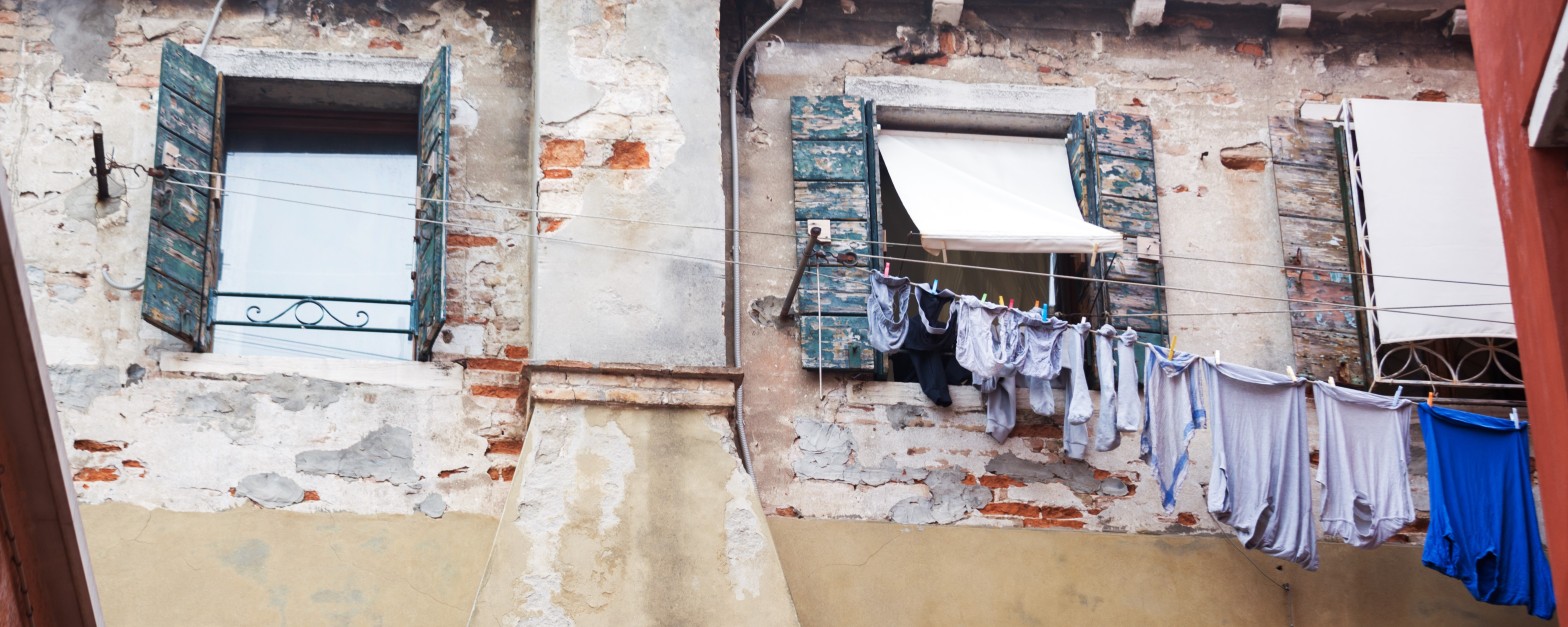
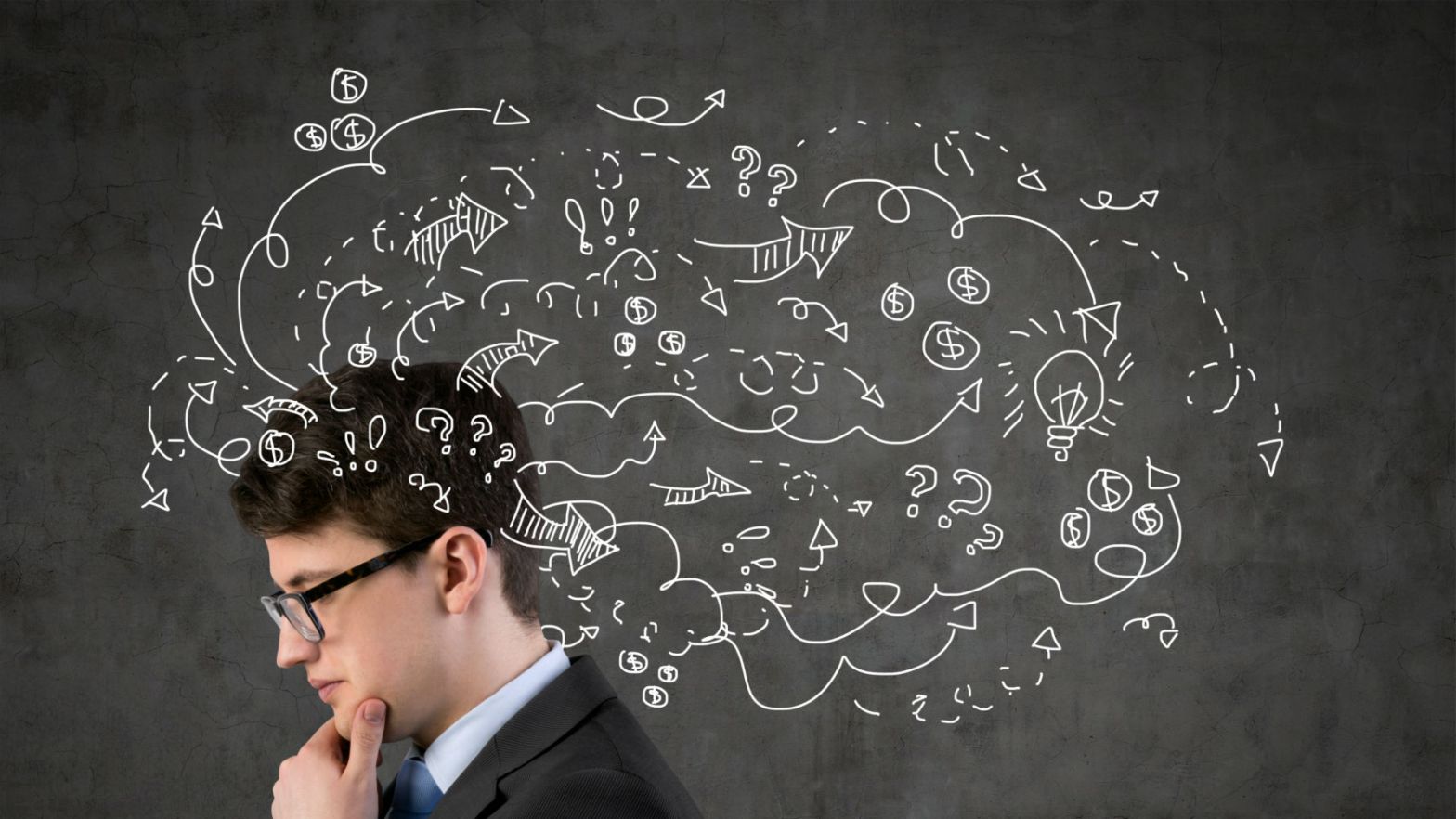
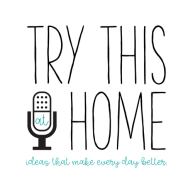

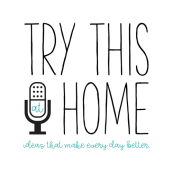
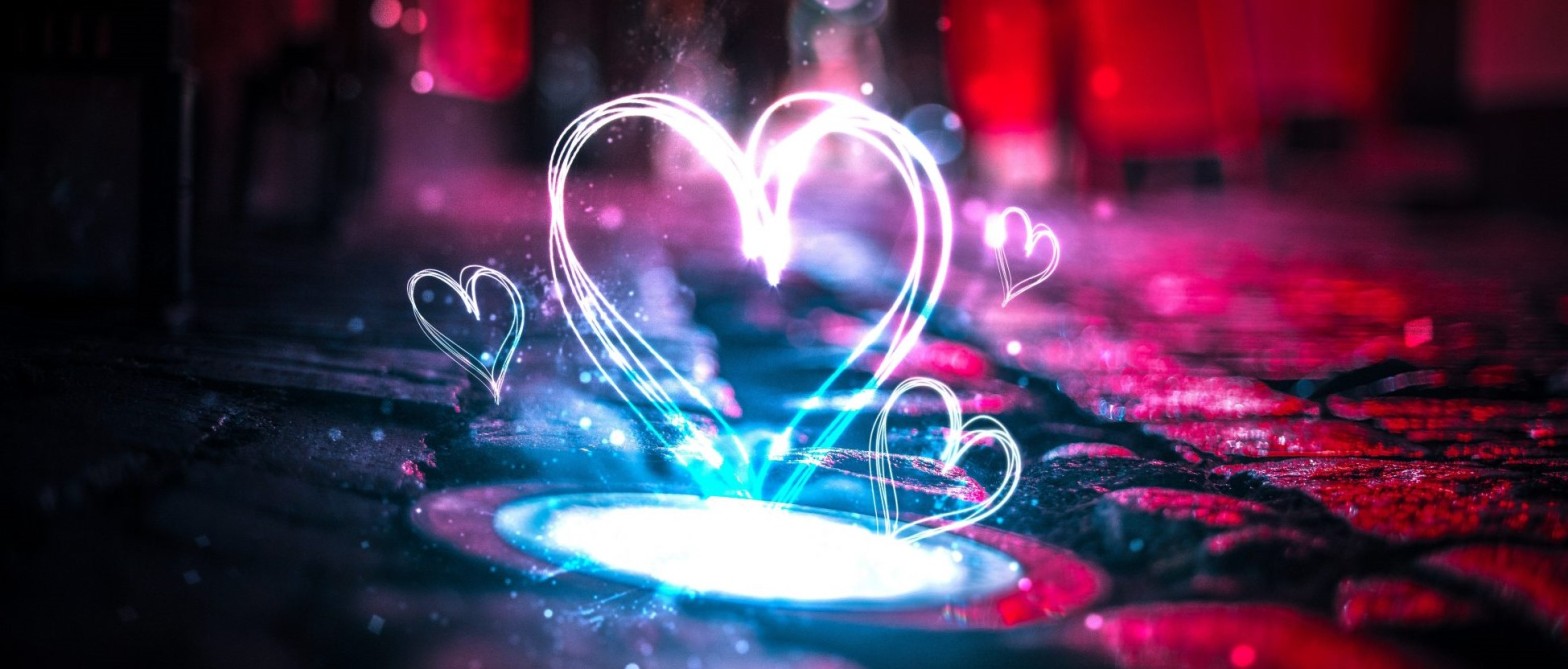
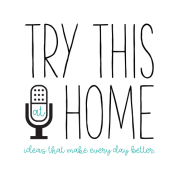

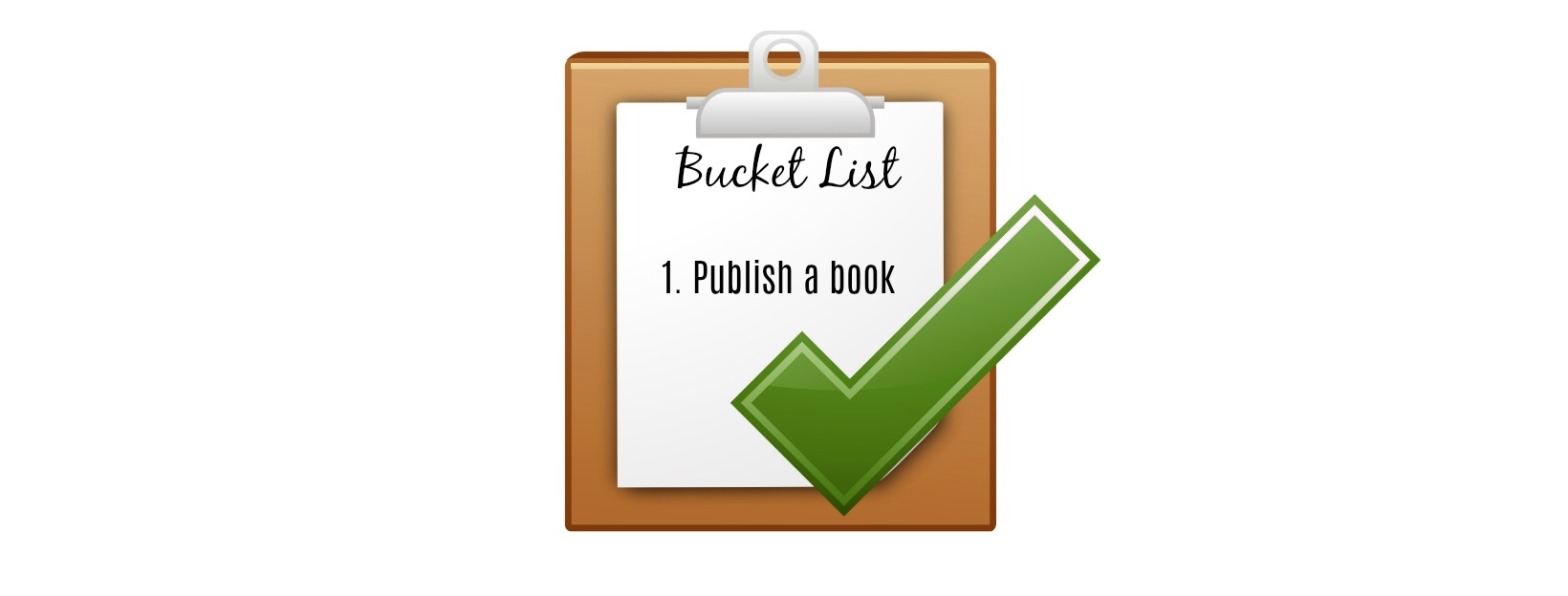
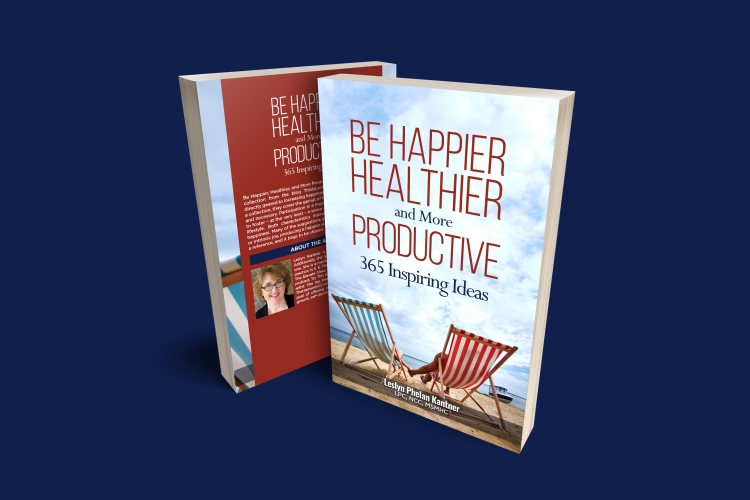
 You can also listen to me on Try This at Home – a series of conversations about making life better.
You can also listen to me on Try This at Home – a series of conversations about making life better.
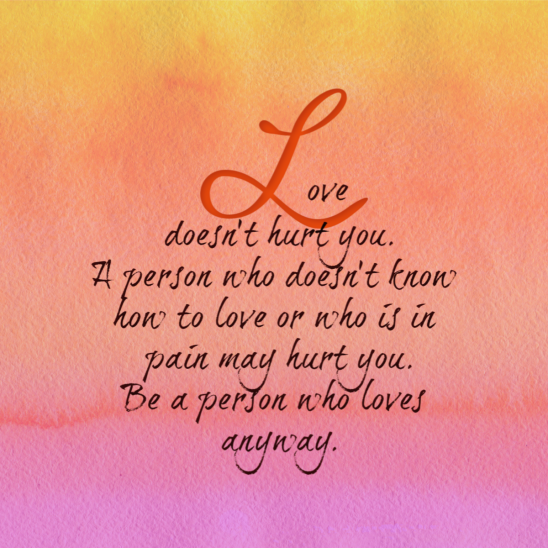
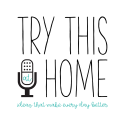 You can listen to me on Try This at Home – a series of conversations about making life better.
You can listen to me on Try This at Home – a series of conversations about making life better.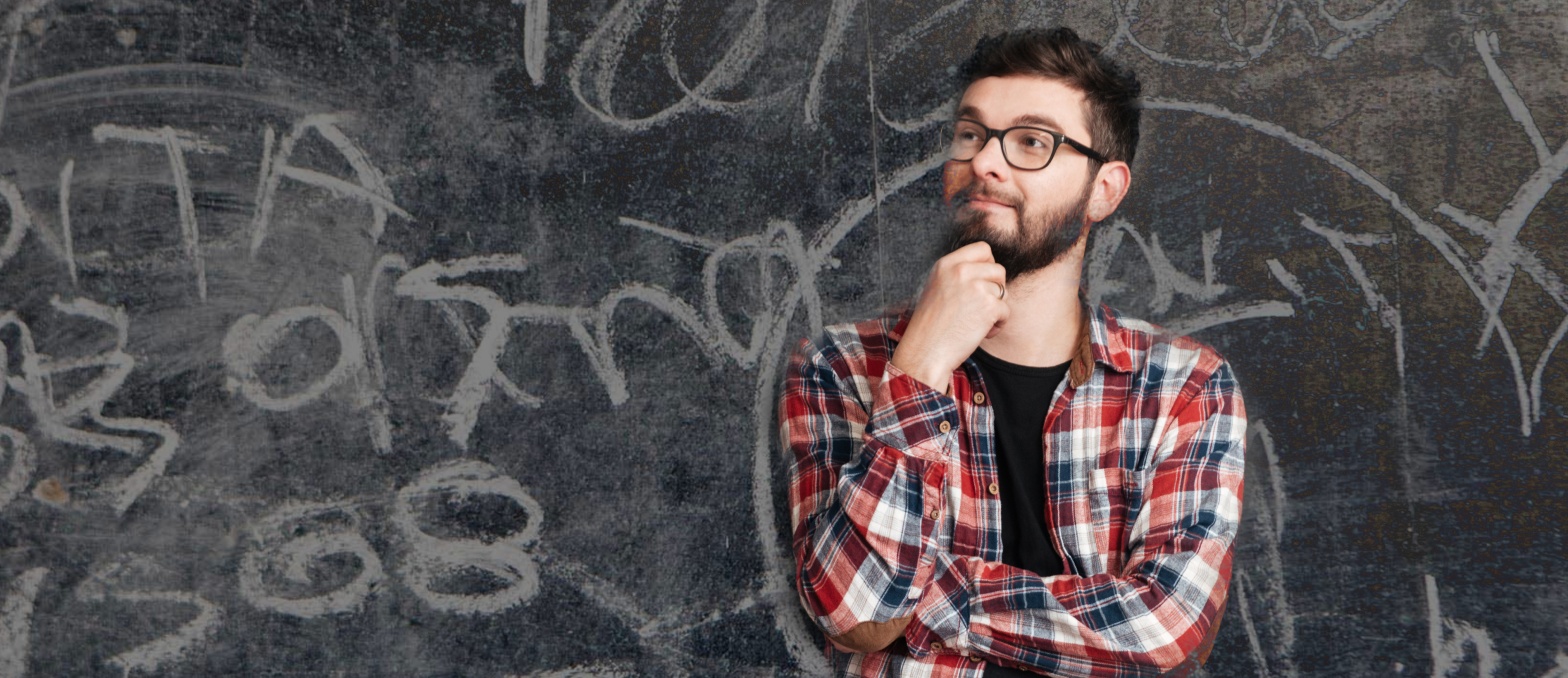
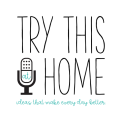 Listen to me on Try This at Home – a series of conversations about making life better.
Listen to me on Try This at Home – a series of conversations about making life better.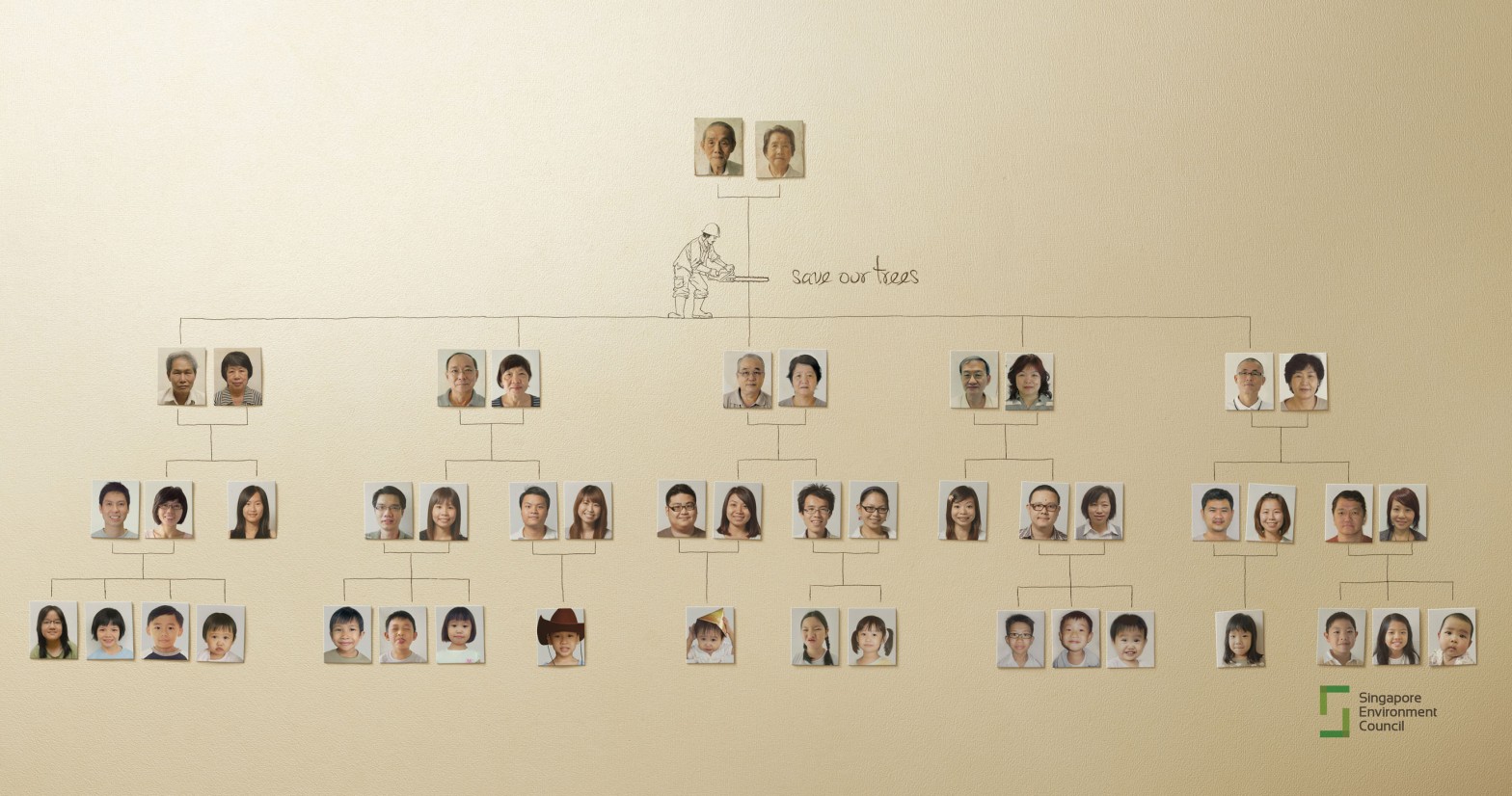
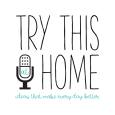
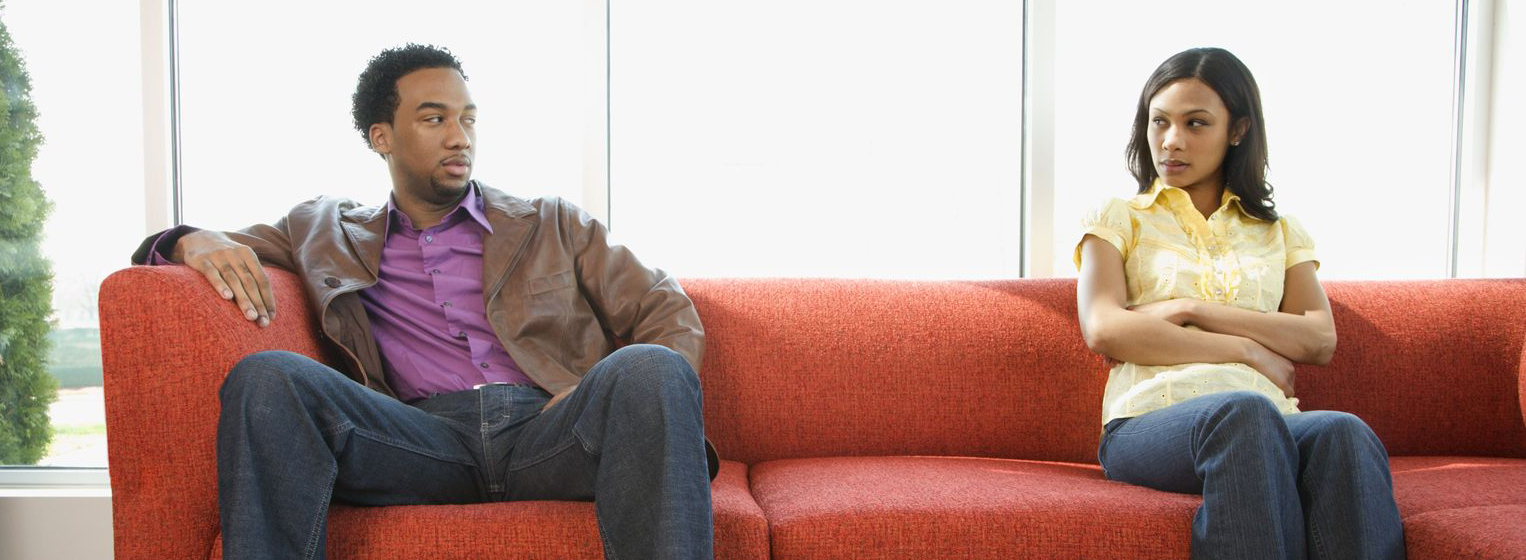
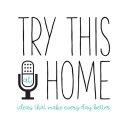 Listen to me on Try This at Home – a series of conversations about making life better.
Listen to me on Try This at Home – a series of conversations about making life better.